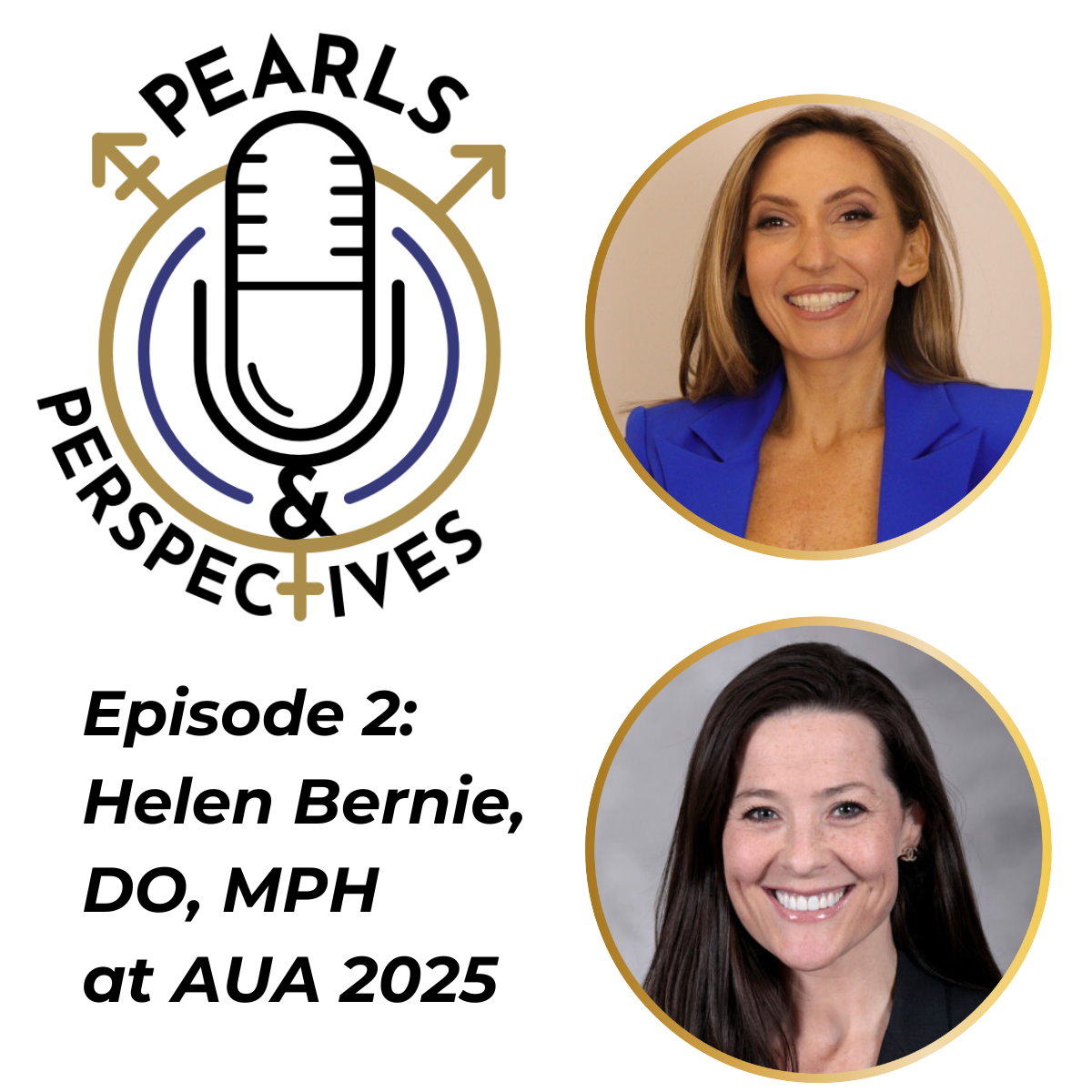News
Article
Nivolumab plus SOC associated with improved FFBR in GG5 prostate cancer
Author(s):
Key Takeaways
- Nivolumab addition to standard therapy improved 2-year FFBR to 90.3%, surpassing the historical control rate of 75%.
- The study cohort showed significant FFBR improvement over the contemporary control group, with a 3-year FFBR rate of 90.4%.
“Nivolumab, combined with standard of care trimodality therapy, appears to be promising for the treatment of grade group 5 prostate cancer," says John Michael Bryant, MD.
The addition of nivolumab (Opdivo) to standard of care (SOC) trimodality therapy in patients with Gleason grade 5 (GG5) prostate cancer demonstrated an improvement in the freedom from biochemical recurrence (FFBR) rate compared with the historic rate and an external contemporary control cohort, according to data from a phase 2 trial (NCT03543189) presented at the 2024 American Society for Radiation Oncology (ASTRO) Annual Meeting in Washington, DC.1
John Michael Bryant, MD

In total, the study enrolled 34 patients with high-volume (greater than 30% of involved cores) local or oligometastatic GG5 prostate cancer. These patients received nivolumab 240 mg every 2 weeks for 4 doses plus SOC, consisting of androgen deprivation therapy (ADT), external beam radiation therapy (EBRT), and high dose-rate (HDR) brachytherapy.
Findings from these patients were compared to a historical control rate as well as an external contemporary control cohort. The external contemporary control cohort consisted of 45 patients who were treated with SOC trimodality therapy at the same institution, met all the enrollment criteria, and had at least 2 years of active follow-up.
Compared with the external contemporary control group, patients enrolled in the study tended to be younger (P = .018), have a higher baseline metastatic disease burden (P = .041), and have no elective nodal irradiation (P = .008).
The primary end point for the trial was an improvement in 2-year FFBR to at least 90%.
Overall, the study met its primary end point, with the nivolumab cohort achieving a 2-year FFBR rate of 90.3%. This exceeded the pre-defined historical control rate of 75% (P = .025). The median FFBR was 58.6 months in the study. No grade 4 or higher toxicities associated with nivolumab were reported, and only 2 patients (6.3%) experienced an acute grade 3 toxicity.
The nivolumab cohort also demonstrated a significant improvement in FFBR compared with the external contemporary control cohort. At 3 years, the FFBR rate was 90.4% in the nivolumab cohort compared with 68.8% in the control cohort (HR, 3.71; P = .027).
Presenting author John Michael Bryant, MD, a PGY-5 at Moffitt Cancer Center in Tampa, Florida, noted during the presentation, “Importantly, we chose the 3-year end point here because [in] the contemporary control cohort, about a quarter patients were still on ADT at 2 years.”
On multivariate analysis, the investigators found that the baseline stage (IVA, P = .022; IVB, P = .031) and the addition of nivolumab (P = .008) were the only variables found to be significant for biochemical recurrence. However, Bryant noted in the presentation that ADT length greater than 18 months was close to achieving the pre-specified significance threshold of .05, with a P-value of P = .051.
Data were then stratified by patients who achieved an early pathological response (1 or less positive cores on transperineal 6-core prostate biopsy after the first fraction of HDR brachytherapy) or late pathological response (more than 1 positive core after the same treatment period). Findings showed that late responders tended to have multiple sites of metastatic disease upon progression, whereas the early responders tended to have only a single site of metastatic disease when they progressed.
Upon conducting a biomarker analysis, the investigators also found that a higher score on the Decipher Ricketts Immunosuppression gene signature was associated with early pathological response (P = .012) and 3-month radiographic response (P = .021). On multivariate analysis, only low Rickets risk group was found to be associated with worse outcomes (P = .04).
Overall, Bryant concluded in the presentation, “Nivolumab, combined with standard of care trimodality therapy, appears to be promising for the treatment of grade group 5 prostate cancer. These data ultimately support larger randomized controlled trials in order to confirm the findings with this early phase 2 [trial].”
Reference
1. Bryant JM, Sandoval ML, Putney R, et al. Combination of nivolumab immunotherapy with radiation therapy and androgen deprivation therapy in the management of Gleason group 5 prostate cancer: Final analysis of a phase 2 trial. Presented at: 2024 American Society for Radiation Oncology Annual Meeting. September 29-October 2, 2024. Washington, DC. Abstract 187. https://www.redjournal.org/article/S0360-3016(24)00856-3/fulltext
Newsletter
Stay current with the latest urology news and practice-changing insights — sign up now for the essential updates every urologist needs.

















